Design Thinking Solving Problems with Creativity
In today's rapidly evolving world, problem-solving has become a crucial skill for individuals and businesses alike. Whether it's finding innovative solutions to complex challenges or improving existing processes, creativity plays a central role in problem-solving. One effective approach that incorporates creativity into problem-solving is design thinking. In this article, we will explore the concept of design thinking and how it harnesses the power of creativity to solve problems effectively.
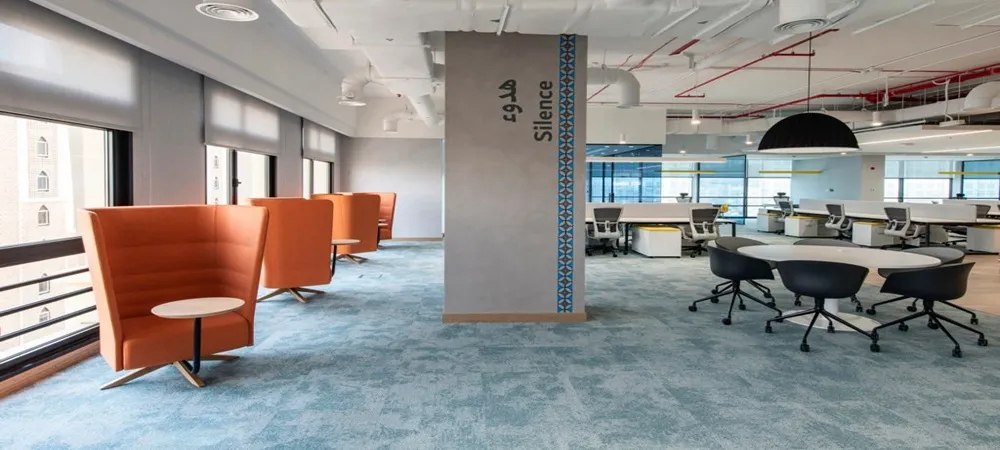
Niveeta Design and Build: Experience, Expertise, Authority, and Trust
Niveeta Design and Build, a leading design agency with years of experience, demonstrates expertise, authority, and trust in the field of design thinking. With a team of highly skilled designers and a track record of successful projects, Niveeta Design and Build is well-equipped to handle a wide range of problem-solving challenges through the lens of design thinking. Combining their creativity, technical knowledge, and practical experience, Niveeta Design and Build has consistently delivered exceptional results for their clients.
What is Design Thinking?
Design thinking is a human-centered approach to problem-solving that involves empathy, experimentation, and iteration. It is a creative and iterative process used to understand people's needs, redefine problems, and develop innovative solutions. By putting the needs and experiences of the end-users at the forefront, design thinking helps in creating solutions that not only address the problem but also provide a delightful user experience.
The Key Stages of Design Thinking
Empathize: The first stage of design thinking is to empathize with the end-users. This involves understanding their needs, motivations, and pain points. By putting oneself in the shoes of the user, designers gain valuable insights that shape the problem-solving process.
Define: Once designers have gained a deep understanding of the users, they move on to defining the problem. This step involves synthesizing the information gathered during the empathy stage and framing the problem in a way that focuses on the needs of the users.
Ideate: This stage is all about generating creative ideas. Designers brainstorm various solutions without judgment, encouraging wild and unconventional ideas. The aim is to think outside the box and expand the realm of possibilities.
Prototype: Prototyping involves creating a tangible representation of the ideas generated during the ideation stage. It can be a physical model, a digital mockup, or even a storyboard. Prototypes allow designers to gather feedback and refine their ideas further.
Test: The final stage of design thinking involves testing the prototypes with the end-users. This step provides valuable insights into the effectiveness and usability of the proposed solutions. Feedback from the users is used to iterate and improve upon the prototypes.
The Power of Private Spaces: Balancing Collaboration and Focus
How Does Design Thinking Solve Problems?
Design thinking solves problems by challenging assumptions, reframing the problem, and leveraging creativity to generate innovative solutions. By following a human-centered approach, design thinking ensures that the solutions address the actual needs and pain points of the users. This empathetic understanding leads to solutions that are better aligned with user expectations, resulting in higher user satisfaction.
Moreover, design thinking encourages collaboration and interdisciplinary teamwork. By involving individuals from diverse backgrounds, different perspectives are brought to the table, leading to more robust and holistic solutions. This collaborative approach fosters a culture of innovation and encourages the exploration of new ideas.
The Benefits of Design Thinking

1. Increased Innovation
Design thinking encourages a mindset of innovation, pushing individuals and teams to think beyond traditional solutions. By focusing on the end-users and their needs, designers can uncover unmet needs and develop groundbreaking solutions.
2. Improved User Experience
A central aspect of design thinking is considering the user experience. By empathizing with the end-users and involving them throughout the process, designers can create solutions that are intuitive, user-friendly, and aesthetically pleasing.
3. Enhanced Problem-Solving Skills
Design thinking equips individuals with valuable problem-solving skills. The iterative and experimental nature of the process encourages individuals to embrace failure as a learning opportunity, fostering a growth mindset and enhancing their ability to tackle complex challenges.
4. Stronger Team Collaboration
Design thinking is a highly collaborative process that brings together individuals from different disciplines. This interdisciplinary approach fosters teamwork, creating an environment where diverse perspectives are valued and collective creativity thrives.
Design thinking is an invaluable tool for solving problems through creativity. By placing the needs of the users at the center and leveraging the power of empathy, ideation, prototyping, and testing, design thinking allows for innovative and user-centered solutions. Niveeta Design and Build, with their experience, expertise, authority, and trust, is at the forefront of harnessing design thinking to address complex challenges and deliver exceptional results. Embracing design thinking can unlock new possibilities, enable innovation, and transform the way problems are solved in various domains. So, why not integrate design thinking into your problem-solving toolkit and embark on a journey of creative solutions?
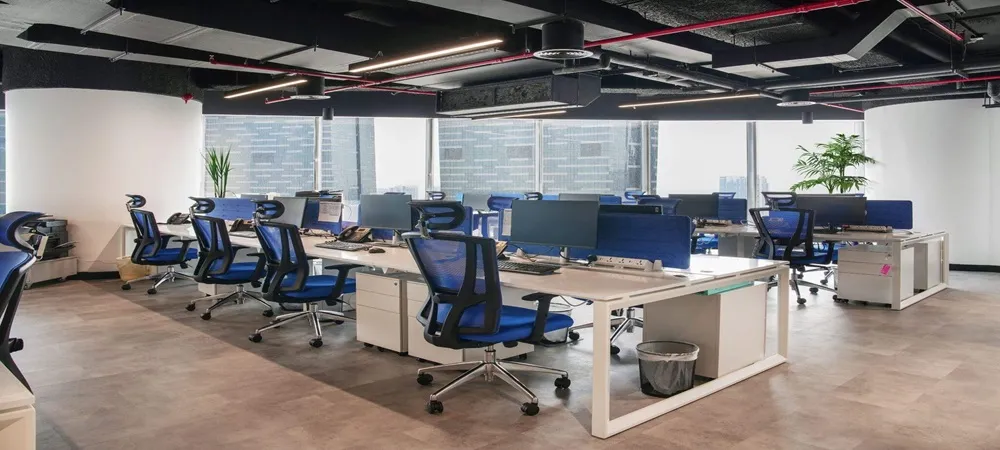
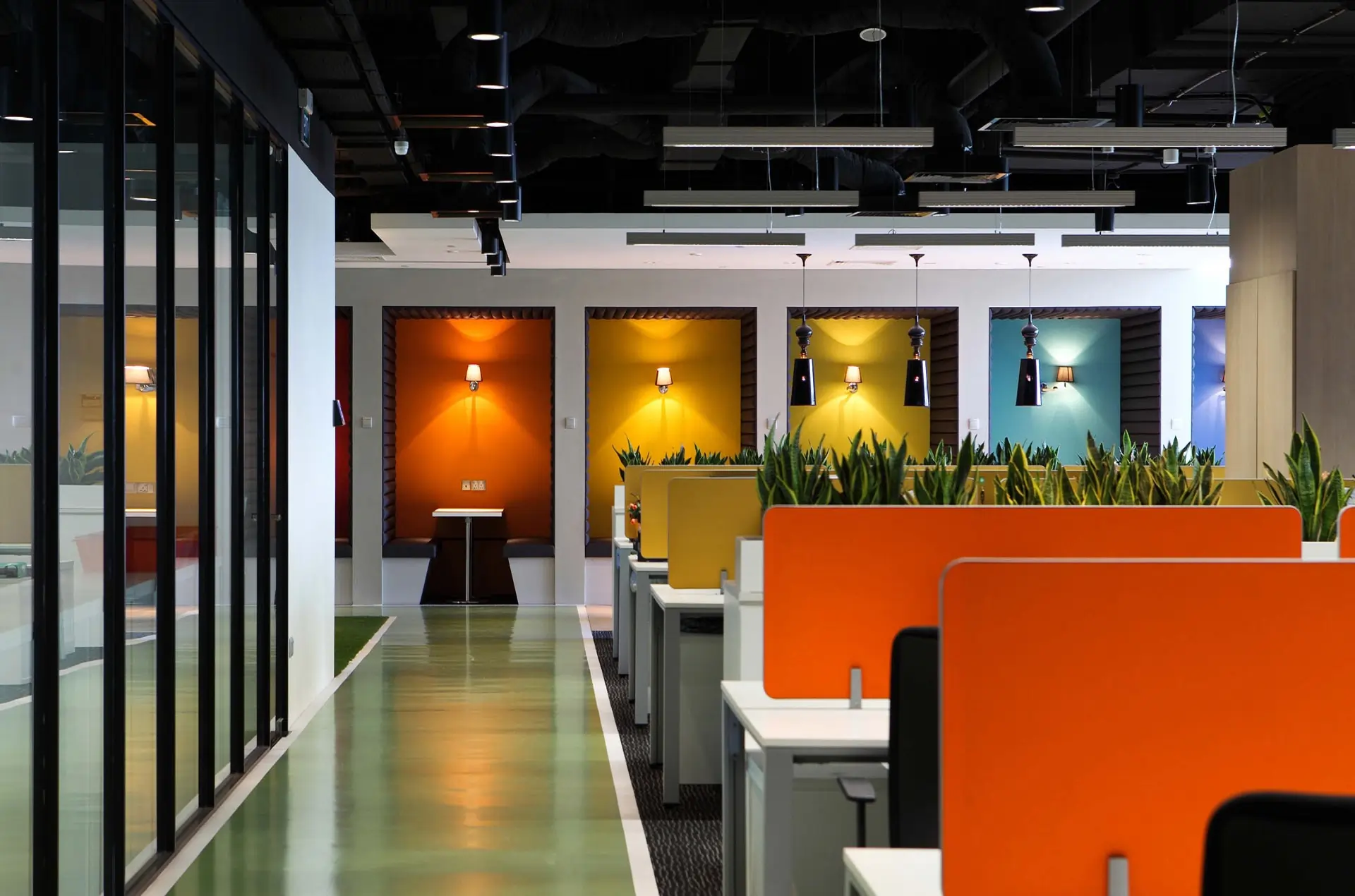

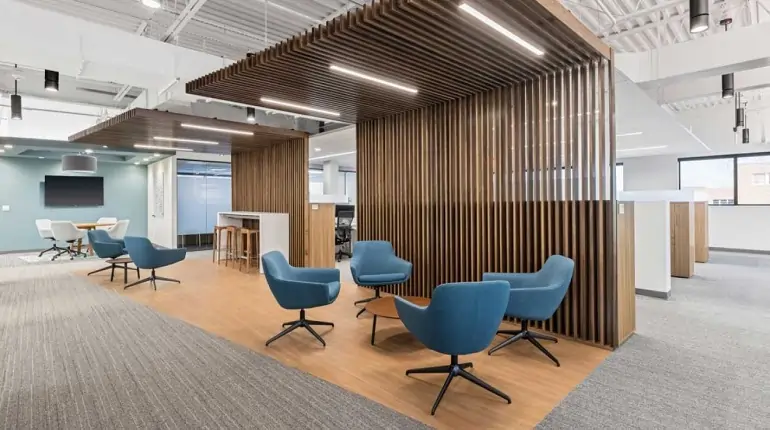
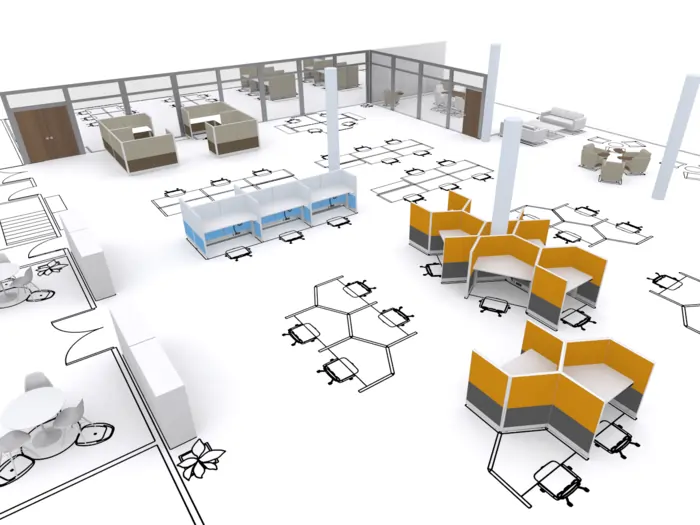
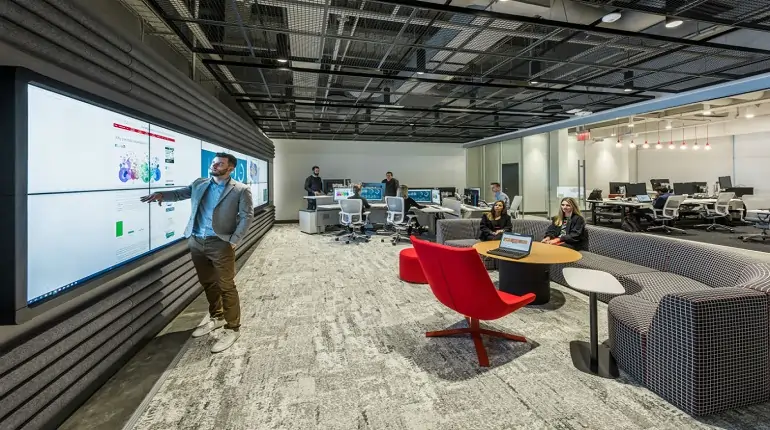
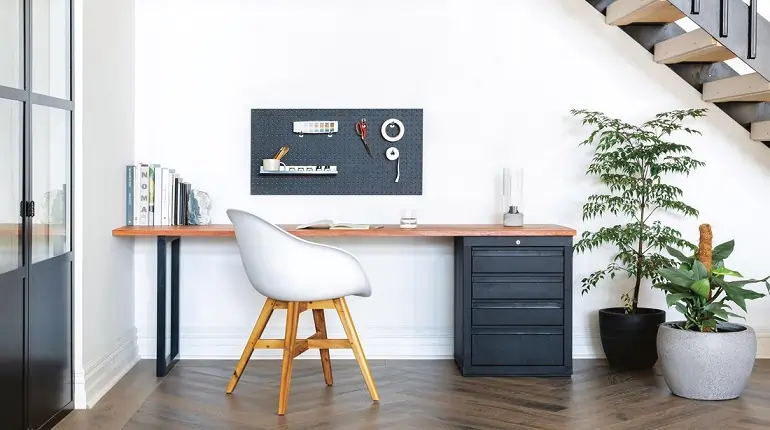


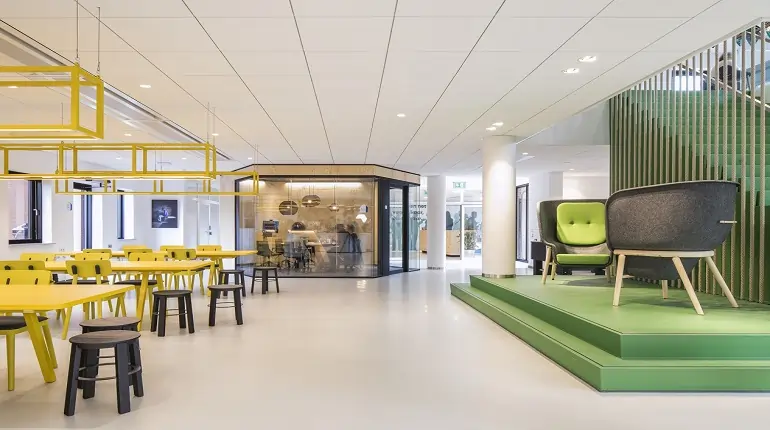

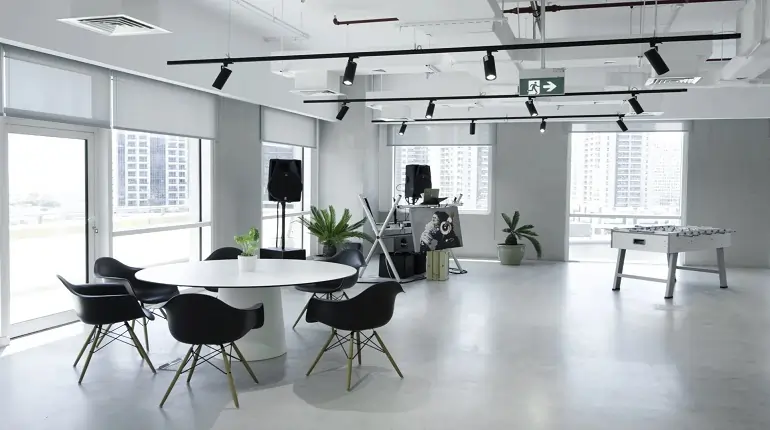


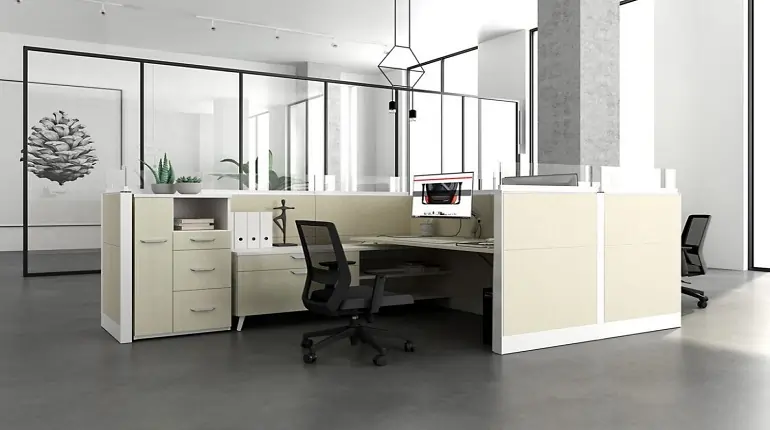
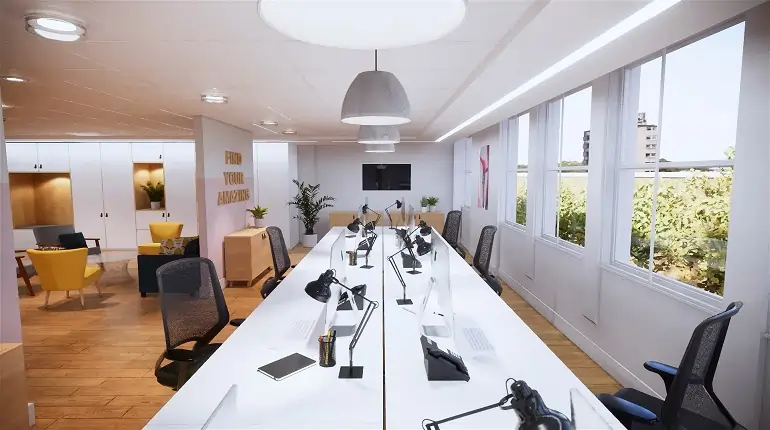
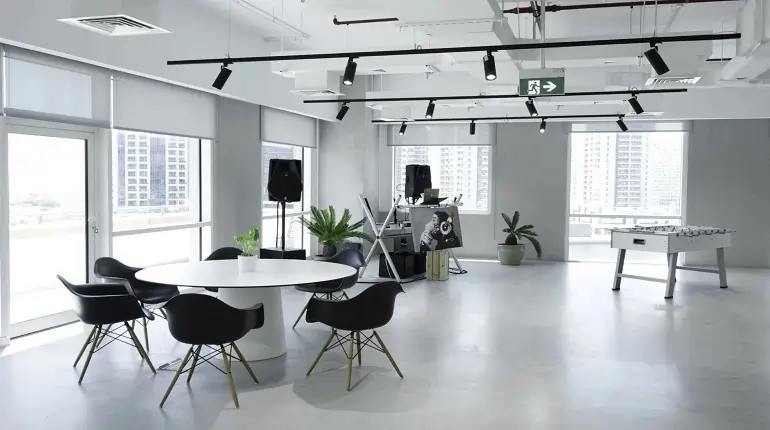
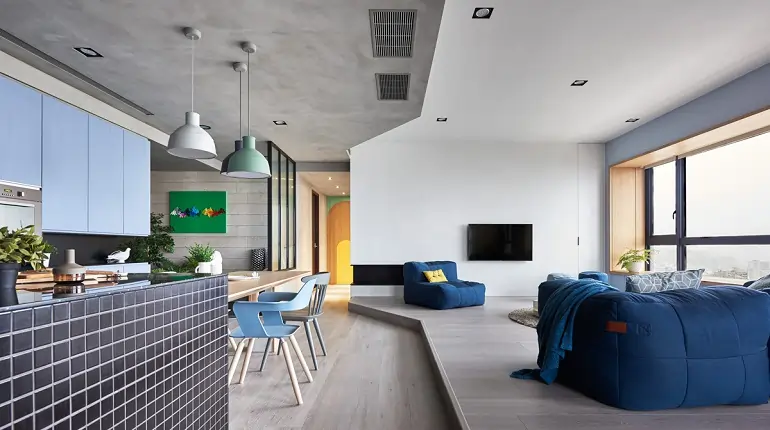

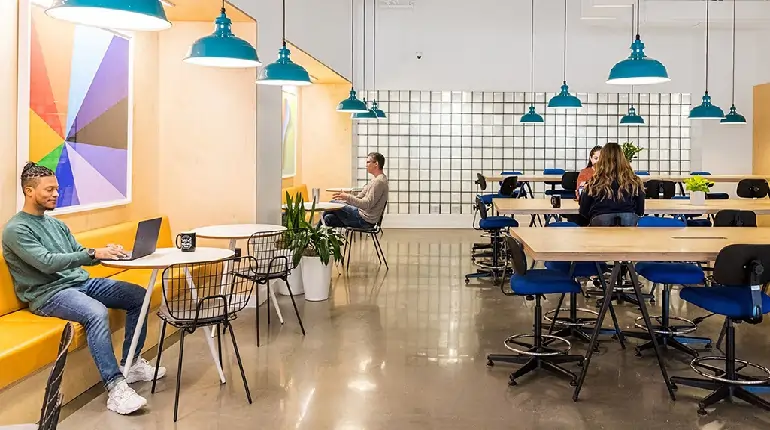
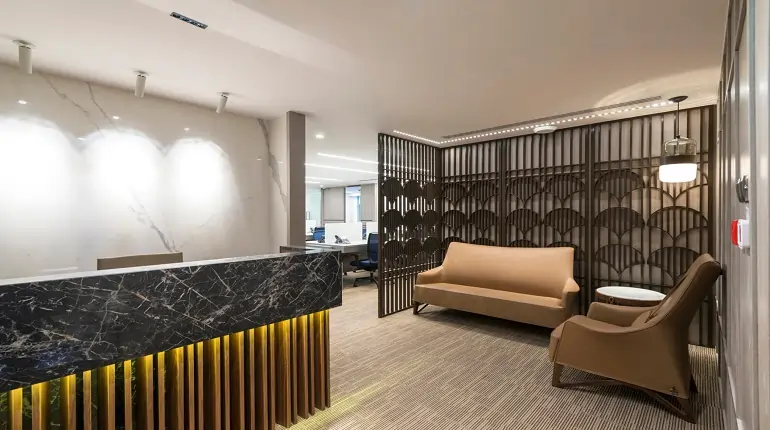


3 Comments
Ajay Singh
Unleash Your Creative Power with Inspirational Designers - Where 2D and 3D Art Masters Shine!
Jessica Singh
Very professional and responsive team from beginning to end of the project. Really appreciate Nand Kishor and Manpreet that they are always there for me.
We generally like the design and the aesthetics. In addition, we appreciate the attentive consultation, competent work and responsible handling of the project.
Great job!
Sumit Sehgal
A team of very professional and experienced interior designers that offered a wide variety of designs that catered my needs. Very glad to have finally engaged them for my works and everyone loves the design!
Thank you :)